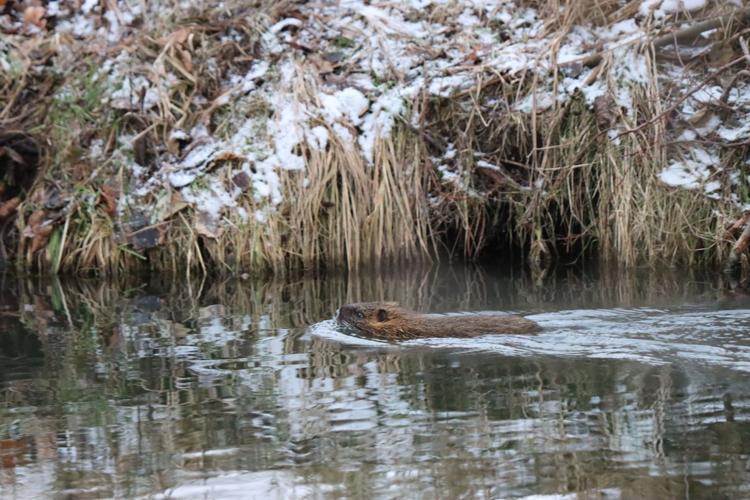[Reprinted from original]
It would appear that beavers have been logging in some overtime in Steele County, but unfortunately for them, it has been in unwanted territory.

Beaver dams aren’t creating issues in Steele County ditches — yet. After receiving a handful of requests to trap beavers in county ditches the past two years, the Steele County Board of Commissioners approved a new “beaver bounty.” (Dirk Pahl on Unsplash)
During the Steele County Board of Commissioners meeting last week, the commissioners unanimously approved starting a “beaver bounty” for those who trap a beaver. The trapper will need to show a dated photograph of the beaver, and in turn will receive $75. According to County Auditor Laura Ihrke, the landowners will need to get authorization from Steele County Soil and Water Conservation District before they trap the beaver.
“[The SWCD] got a request last year and a couple this year,” Ihrke said when asked by the commissioners how big of a problem beavers are becoming in the county. “I don’t think this will be something that is a continuous problem; it will be more sporadic.”
Commissioner and Board Chair James Brady said the county has only heard from a couple of landowners regarding beavers, and the critters themselves have yet to cause any actual damage to county ditches.
“This is more preventative maintenance,” Brady said. “It is cheaper to trap the beaver before they do their damage than it is to have to hire a contractor to do the repairs in the ditches.”
Countywide beaver bounties are not an uncommon practice. When research what type of bounty to put in place, the auditor’s office compared rates and requirements from 25 different counties, including Freeborn, Mower and Blue Earth. Rates for the bounties ranged from $20 to $100, and proof of trapping a beaver also fell all over the map.
In some counties, a simple photograph of the trapped beaver would qualify for the bounty. In other counties, the trappers are required to provide a tail or the front feet of the beaver.
In Steele County, Ihrke said after speaking with SWCD they agreed a photograph would be sufficient evidence.
“Any trapping to be done would have to be authorized through [the SWCD district manager] beforehand,” she said. “He thought just the picture would be good enough.”
While Steele County is working on getting ahead of the problem, other counties have taking more reactive than proactive measures. In 2018, Le Sueur County enacted a beaver bounty after the animals caused trouble on Lake Washington, building dams that were backing up Shanaska Creek in the eastern portion of the county. Earlier this year, Rice County was experiencing backups in ditches, leaving ditch owners with expensive repairs.
According to the Minnesota Department of Natural Resources, “Wherever [beavers] have become too numerous, they cause problems for people. Their dams flood farmlands, roads and timber, and their penchant for chewing wood has resulted in the loss of valuable fruit and shade trees.”
Under state law, local road authorities or governments can, after consultation with the Fish and Wildlife Division, implement a beaver control program designed to reduce the number of beavers if the population is interfering with or damaging a public road, or causing damage to drainage ditches on public property.
For Steele County, however, Brady reiterated that the beaver bounty will simply allow farmers and property owners to prevent potential ditch damage.
“Part of the problem is [rates for] furs are so low now,” he said. “You used to get paid to trap them, but you don’t anymore, so nobody is doing it now.”
Whichever ditch a beaver is trapped on, the bounty will be paid through that ditch system.